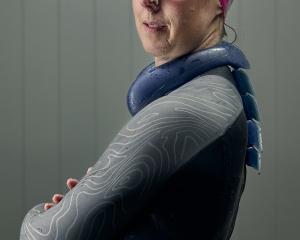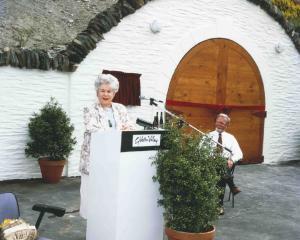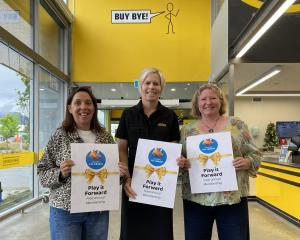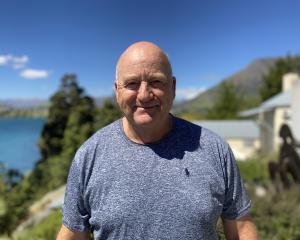
QLDC transportation planning manager Denis Mander said people needed to change the way they thought about vehicle use.
"When we use our car to travel into town to work or shop or play, we each add to the increasing traffic congestion and the environmental effects of car use," Mr Mander said.
The resort already had a bus system with "more extensive and frequent services" than most other districts of a similar size, he said.
"Further improving our public transport system is one critical incentive to changing the way we get around.
"An improved, timely, affordable public transport system will not only encourage less car use but it's also a sustainability consideration and, in the current economic climate, a serious cost consideration."
Easy, accessible, free all-day parking offered no incentive to make a change to public transport.
"Reviewing the way parking is currently managed and making some effective changes is another way to encourage less car use and reduce growth and delays [on] our local roads," he said.
The focus of the review was to improve management of "short stay" - less than four hours - parking, to ensure the right "parking controls" were in the right places and to improve the ease with which people coming into town could find parking.
It was also an appropriate time to think about some of the "longer-term directions" for parking management in Queenstown, Mr Mander said.
As bus services to the centre improved, transport options for many people would also improve, particularly for those who commuted regularly to the central area.
"As this occurs, more parking spaces will be able to be prepared for short-term parking rather than commuter parking.
"This change will need to be accompanied by management of parking in the fringe areas to ensure that residential areas are not `parked out' by commuters," he said.
Some of the longer-term issues the community was being asked to consider included should there be more pay and display, how quickly unrestricted on-street parking should be replaced by time-restricted parking, and how good a bus system needed to be if it was to provide a good alternative to the car.
The council was generally proposing more intensive controls - P5s, P10s and P30s - at the "core" of the central area where demand for kerbside parking was at its highest.
"These controls, together with good enforcement, mean that the chances of finding a park in these areas for a short stay are improved," Mr Mander said.
The consultation was for everyone from taxi drivers to people who relied on free, all-day parking.
A full discussion document is available at www.qldc.govt.nz or at the council offices.
The proposed changes, which also need to be supported by changes to council bylaws, are open for submission until October 31.












